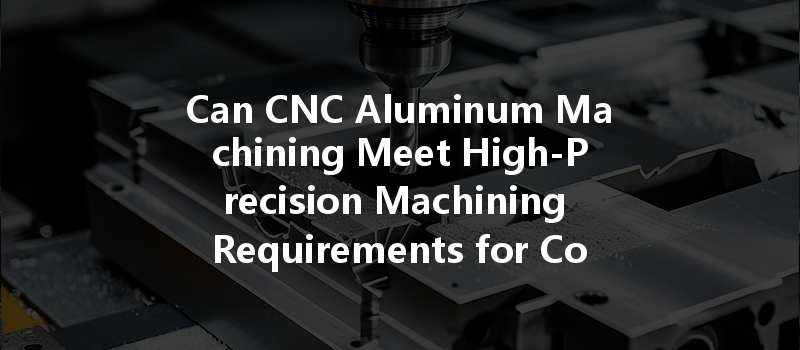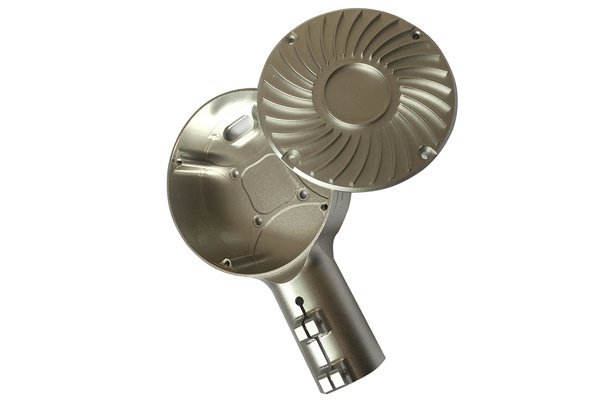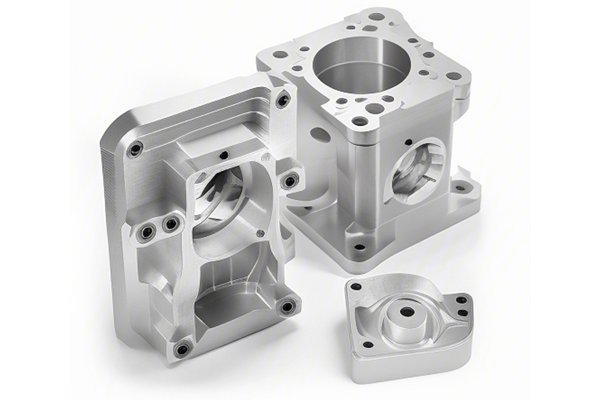: The World of Precision in CNC Machining
Did you know that Computer Numerical Control (CNC) machining is capable of achieving tolerances as tight as ±0.001 inches? This remarkable precision has made CNC machining the backbone of modern manufacturing, particularly in industries requiring high-performance components, like aerospace and automotive. As businesses pursue increasingly complex designs with stringent quality specifications, many are left wondering: Can CNC aluminum machining truly meet high-precision machining requirements for these intricate parts?
In this comprehensive article, we will explore the intricacies of CNC aluminum machining, its capabilities, the challenges it faces, and the best practices to ensure precision. Whether you are an engineer, a project manager, or simply interested in modern manufacturing techniques, this guide will provide valuable insights into the world of CNC aluminum machining.
Part 1: Understanding CNC Aluminum Machining
CNC machining is a manufacturing process where pre-programmed computer software dictates the movement of factory tools and machinery. Aluminum, being lightweight yet strong, has become a popular choice for CNC machining due to its excellent machinability, corrosion resistance, and versatility.
1.1 The Benefits of Using Aluminum in CNC Machining
1.2 Types of CNC Aluminum Machining Processes
Part 2: High-Precision Requirements in CNC Machining
High-precision machining involves crafting parts that meet exact specifications. In CNC machining, precision can be affected by various factors, including tool selection, machine calibration, and the operator’s expertise.
2.1 Common High-Precision Requirements
Part 3: Challenges in Achieving High Precision
While CNC aluminum machining has numerous advantages, several challenges can arise that impact the ability to meet high-precision requirements.
3.1 Tool Wear and Tear
Tool wear can deteriorate the quality of the machining process, leading to variances in precision. Regular monitoring and replacement of tools are essential to maintain high standards.
3.2 Machine Calibration
Machines must be calibrated correctly to ensure the positioning, movement, and angles of the cutting tools are precise. Any misalignment can lead to finished products that do not meet specifications.
3.3 Operator Expertise
The skill level of the operator plays a significant role. Proper training ensures that operators understand the intricacies of machine settings, programming, and maintenance.
3.4 Material Properties Variability
Aluminum alloys have differing properties depending on their composition. Understanding the specific alloy used and its behavior during machining is crucial for achieving desired results.

Part 4: Techniques to Ensure High-Precision CNC Aluminum Machining
To meet the demanding standards of precision, manufacturers can implement a variety of techniques and practices.
4.1 Utilizing Advanced Machinery and Software
Investing in state-of-the-art CNC machines equipped with advanced control software can significantly enhance precision manufacturing capabilities.
4.2 Implementing Quality Control Measures
Regular inspections and quality assessments throughout the machining process ensure any deviations are identified early and rectified promptly.
4.3 Selecting Appropriate Cutting Tools
Choosing the right cutting tools based on material properties and job requirements is critical. Using high-quality, specialized tools can minimize wear and optimize the cutting process.
4.4 Adopting Effective Cooling Techniques
Heat can warp aluminum and affect tolerances. Implementing coolant systems not only improves tool life but also helps maintain dimensional stability.
4.5 Post-Processing Techniques
Post-machining treatments like anodizing or surface finishes can strengthen parts and improve surface quality, contributing to overall performance.
Part 5: Case Studies in High-Precision CNC Aluminum Machining
To illustrate the effectiveness of these techniques, let’s take a closer look at a couple of case studies where high-precision CNC aluminum machining was successfully employed.
Case Study 1: Aerospace Component Manufacturing
A leading aerospace manufacturer utilized CNC aluminum machining to produce complex components requiring tight tolerances. By implementing advanced machine monitoring systems and responsive quality control measures, they were able to consistently achieve precision levels of ±0.0005 inches, meeting stringent aerospace standards.
Case Study 2: Automotive Industry Applications
In the automotive sector, a company specialized in creating aluminum engine components faced challenges with dimensional stability. By employing a rigorous quality control process and selecting the right cutting tools tailored to aluminum, they reduced their part rejection rate significantly from 10% to under 2%, ensuring efficient production.
Part 6: Future Trends in CNC Aluminum Machining
The world of CNC machining is continually evolving. As technology advances, new trends are emerging that will shape the future of CNC aluminum machining.
6.1 Automation and AI Integration
The integration of automation and artificial intelligence in CNC machining will streamline production processes, increase efficiency, and reduce human error.
6.2 Additive Manufacturing Synergies
Harmonizing CNC machining with additive manufacturing techniques will allow for more complex designs and faster prototyping, improving overall production capabilities.
6.3 Sustainability Focus
As industries move towards sustainable practices, aluminum’s recyclability paired with efficient machining methods will play a crucial role in reducing waste and environmental impact.
: The Path to Maximizing Precision
In conclusion, CNC aluminum machining is well-equipped to meet high-precision machining requirements for complex parts when the right strategies and practices are employed. From understanding the intricacies of the process to investing in advanced technology, optimizing tool selection, and implementing rigorous quality control measures, manufacturers can achieve outstanding results.
The discussions highlighted within this blog not only illuminate the capabilities of CNC aluminum machining but also remind us of its importance in modern manufacturing. Businesses striving for precision must prioritize both technological advancements and human expertise to stay ahead in this competitive field.
As we look toward the future, the continual refinement of these techniques and practices will drive the industry forward, enabling the creation of innovative products while maintaining stringent quality standards. Embracing this knowledge is essential for those looking to harness the full potential of CNC aluminum machining. Whether you are a specialist in the field or merely exploring your interest, understanding these principles is vital for navigating the complexities of today’s manufacturing landscape.






